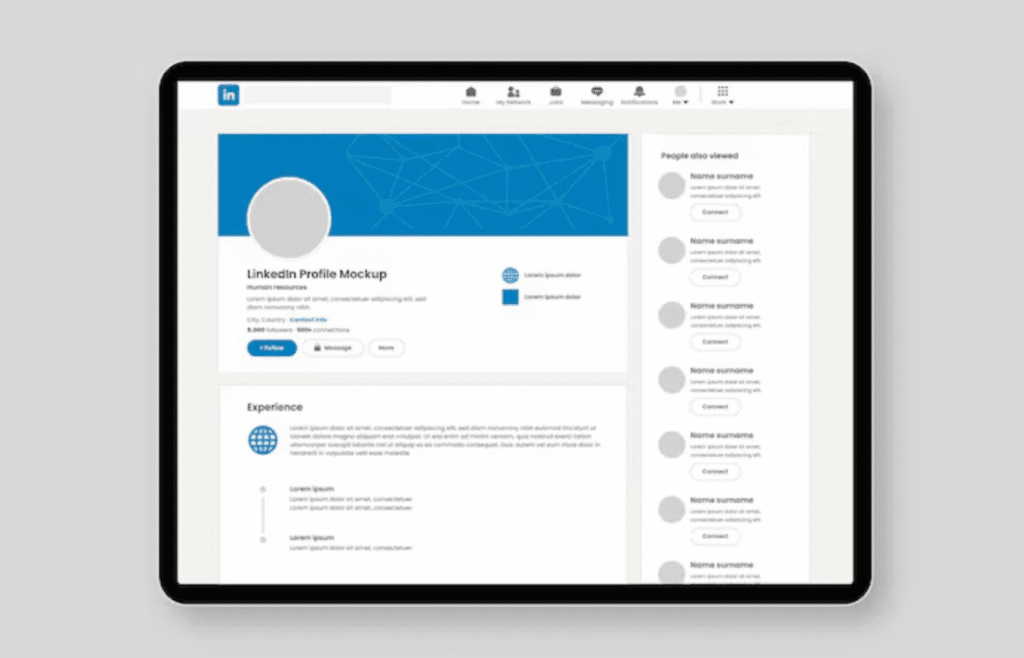광고 및 협찬 문의
beltjolaman@gmail.com
광고 및 협찬 문의
beltjolaman@gmail.com


Many people pour their hearts into blog writing.
But their views barely hit 3, 5, or maybe 10.
Why?
The content is great, but the structure is a mess.
Search engines like Google and Naver aren’t moved by emotions — they don’t “read” like humans.
They analyze patterns, not prose.
No matter how good your writing is,
if it lacks keywords and proper structure,
the algorithm will simply ignore it.
Follow the structure I’m about to share, and
your traffic won’t just triple — it might increase 10x.
In fact, one blog went from 70 daily visitors to over 700 using just this structure.
Search engine–friendly blog structure boils down to 3 steps:
Let’s compare good and bad examples for each.
❌ Bad examples:
✅ Good examples:
📌 Headline Rule:
① Include keyword
② Add a number or list format
③ Show how it solves a problem
Users decide whether to keep reading your post within the first 3 lines.
❌ Weak openings:
✅ Strong intro structure:
1st line – Empathize with a common problem
2nd line – State who the post is for
3rd line – What the reader will get from the post
Example:
“Ever struggled with low self-esteem and found socializing exhausting?
Especially when you’re forced to smile through discomfort at work?
This post shares 5 practical routines that actually helped raise my confidence.”
→ This keeps readers engaged → higher time-on-page → higher ranking → traffic boom
Your blog body should contain these 4 essential elements:
Helps break your content into chunks
Makes scrolling and skimming easier
Essential for SEO readability
Examples:
Turns key ideas into digestible formats
Boosts readability = increases dwell time
Example:
Daily Self-Esteem Boosters:
– 10 minutes of jogging
– Speaking kindly to yourself
– Practicing saying “No”
Highlight key points
Draw attention to stats or takeaways
→ Helps guide the reader’s eye
Don’t just provide information — give something the reader can apply.
That’s what keeps them until the end.
Example:
Try this starting tomorrow:
Right after waking up, wash your face with cold water,
look in the mirror, and say, “I’m on my own side.”
Even just 7 days of this can shift your self-esteem.
📁 Case 1: “Top Value Laptops in 2025”
📁 Case 2: “7 Personal Development Routines”
Don’t just write posts. Design them.
If you want a post to truly take off, it needs to include these 5 elements:
| Element | Description |
|---|---|
| Keyword | Terms people are actually searching for |
| Structure | Clear format: headline, intro, subheadings, lists |
| Readability | Line spacing, paragraph breaks, bold text |
| Engagement Triggers | Real examples, questions, challenges |
| Scalability | Can it be extended into a series or related posts? |
구독을 신청하면 최신 게시물을 이메일로 받아볼 수 있습니다.